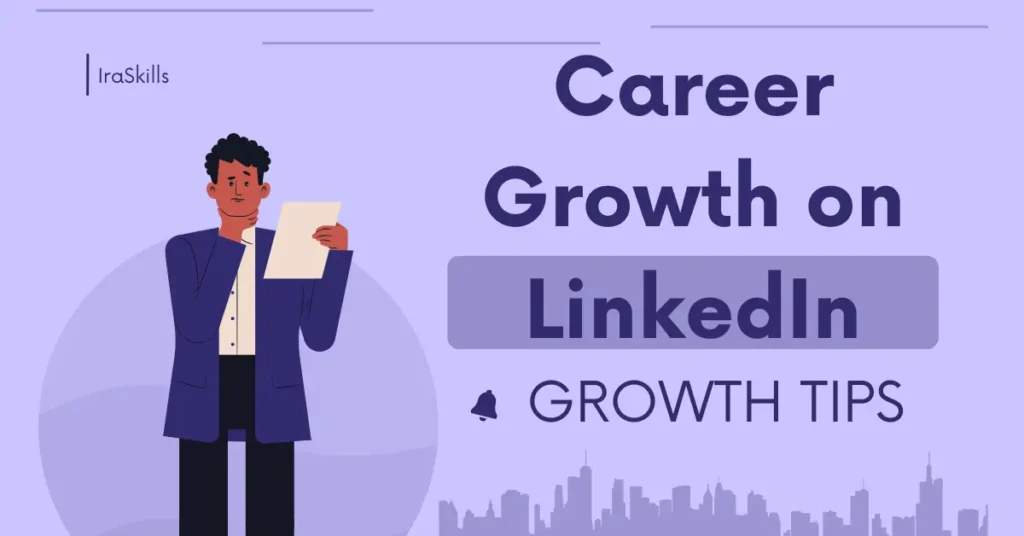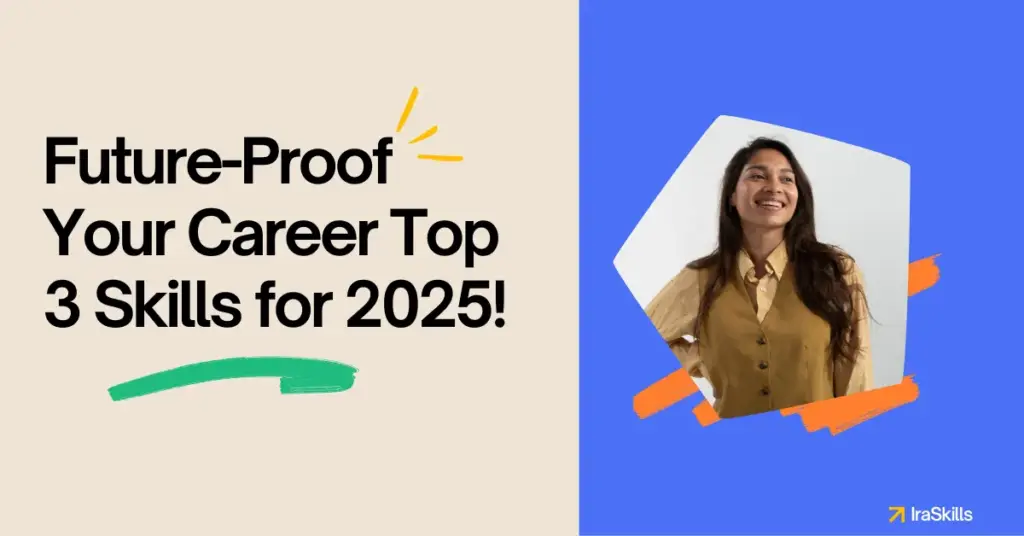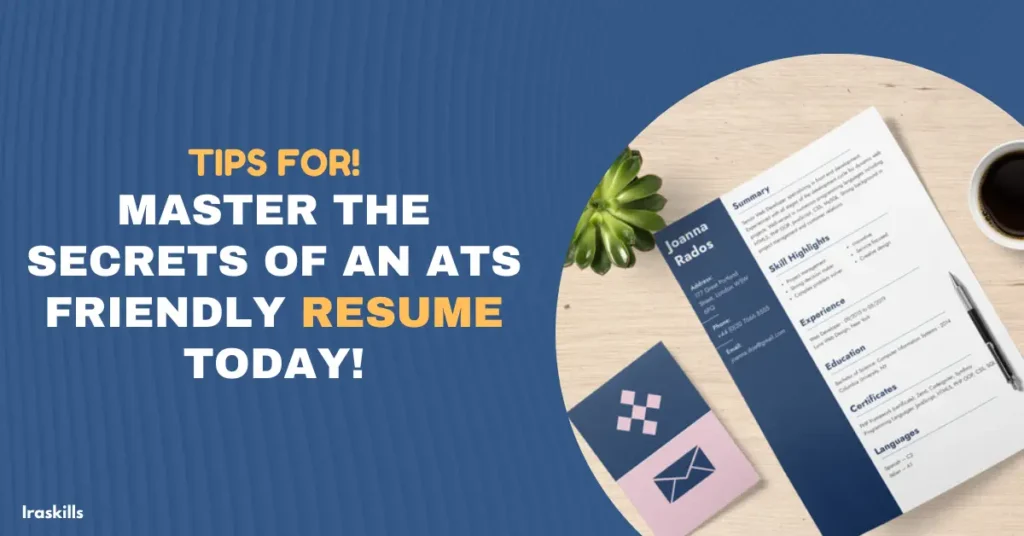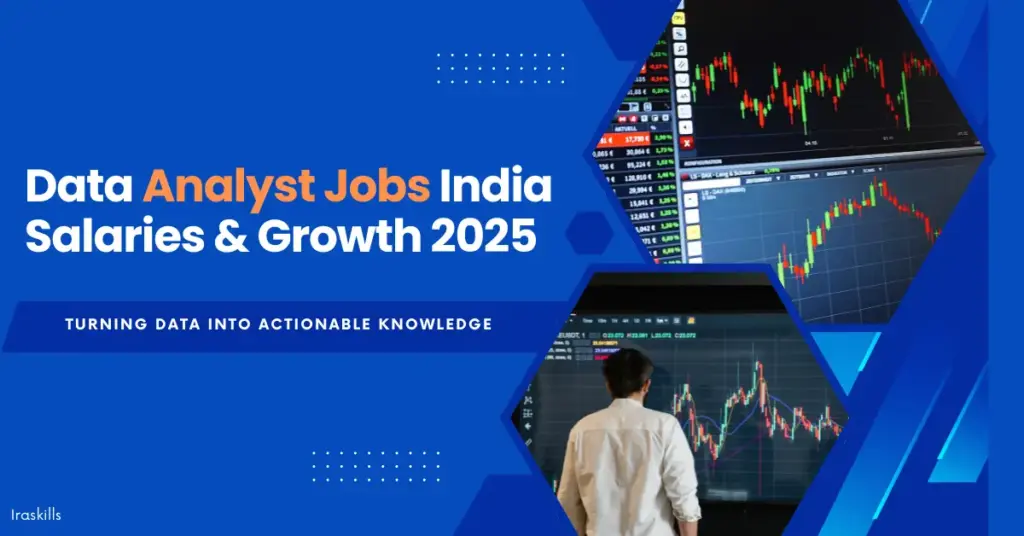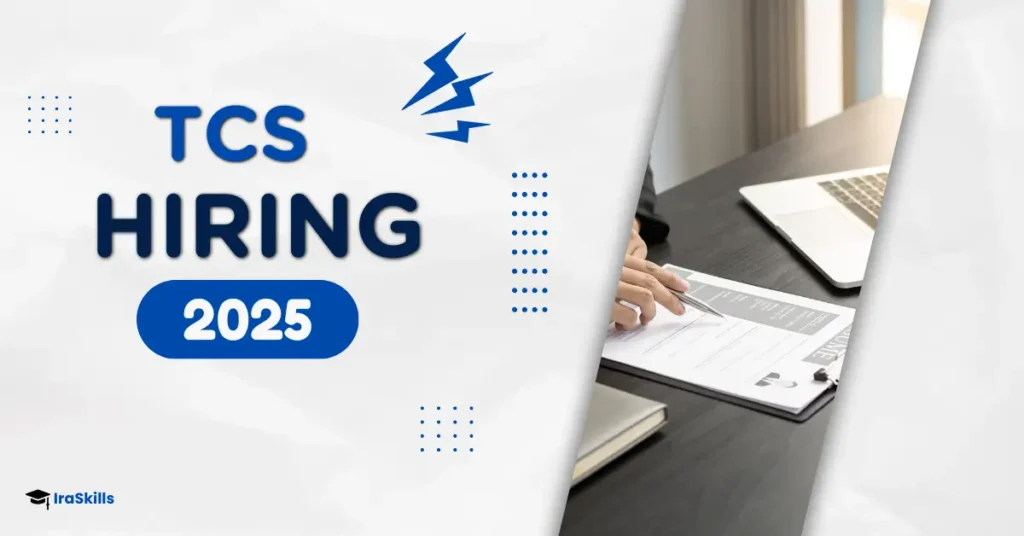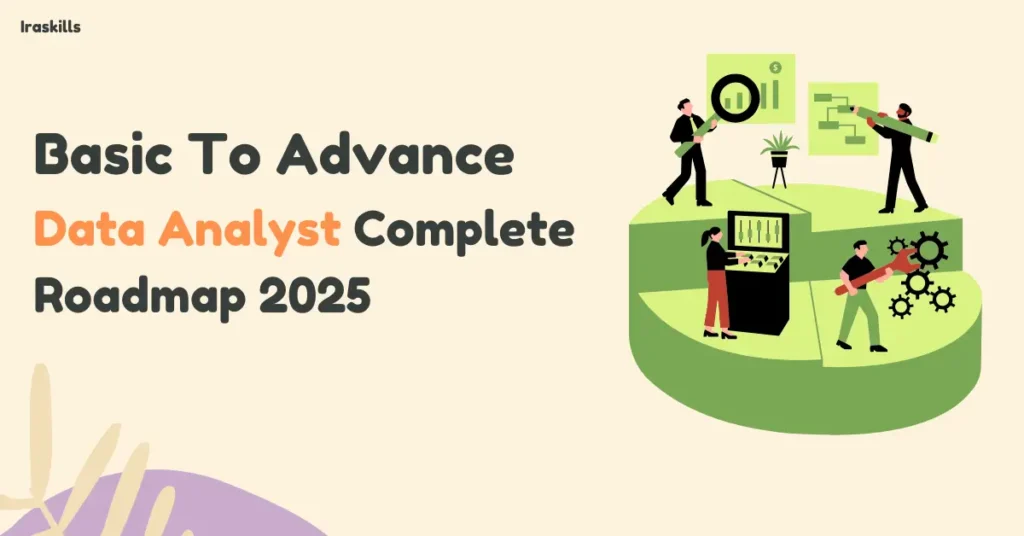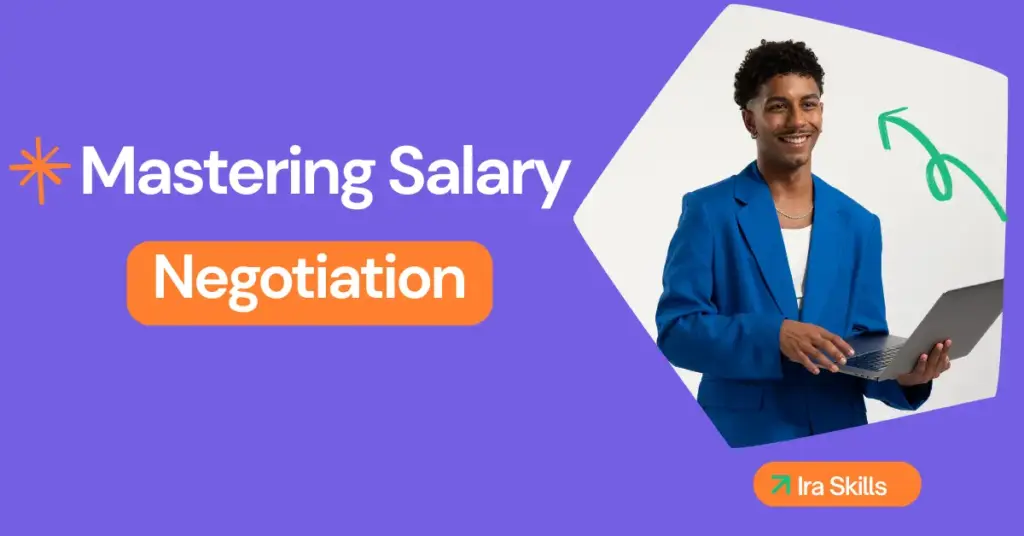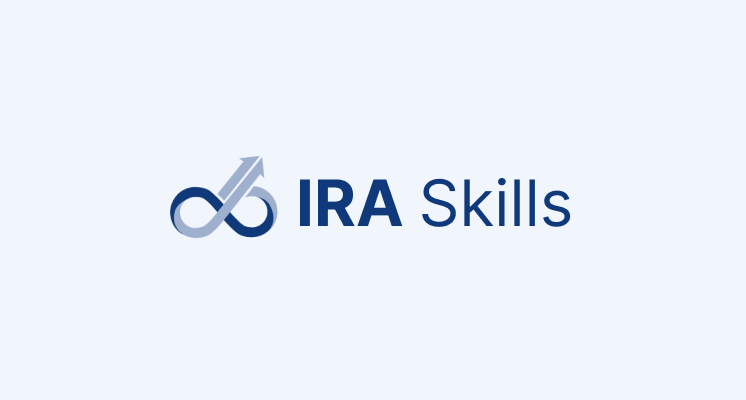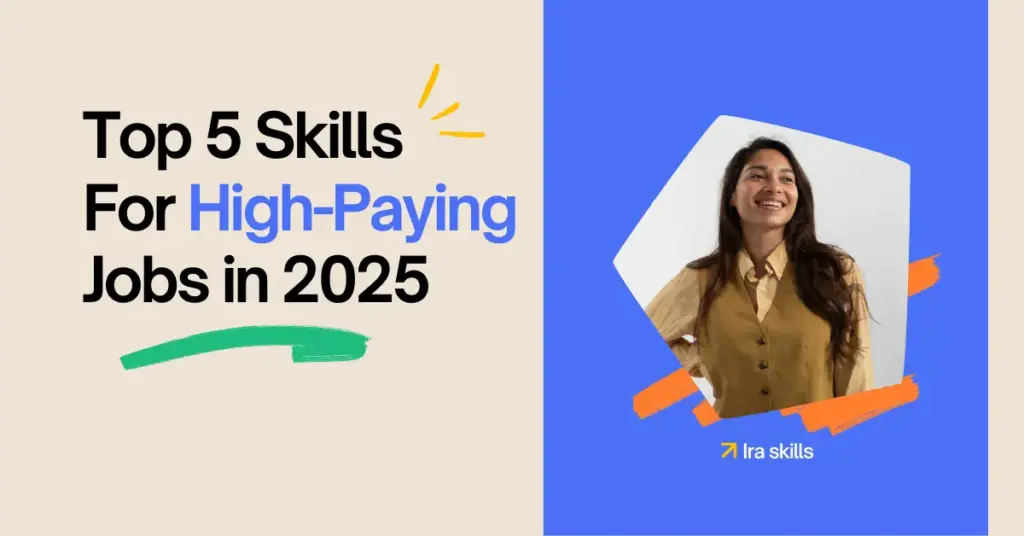Getting your dream job is no longer just about what you know; rather, it has become more about who knows you! With more than 95 crores of professionals on LinkedIn, it has become important to stand out individually in the chaos. And so for this reason, optimizing your LinkedIn profile is the actual key to making you stand out.
Why is it Crucial to Optimize Your LinkedIn Account?
You may have often heard from those around you: “I got an offer through LinkedIn!”. However, you too have been using the platform for quite some time without being able to achieve the same outcome
So, what makes this happen? & Why is it that some people get the offers while others don’t?
The answer lies in the optimization of LinkedIn profiles. Although everyone is known to use LinkedIn, only a limited number of people know the actual potential of a professional profile when properly optimized. So, if you are not getting the desired results then certain important aspects might be missing in your strategy.
In this blog, we will list down some of the most common reasons why your LinkedIn profile may not be getting the kind of recognition that it should be getting in four different sections:
- Optimizing Your LinkedIn Profile
- Crafting a Winning Resume
- Writing an Effective Cover Letter
- Building a Strong Portfolio
Let’s go through each of these areas in detail to understand why they matter and how you can make them work for you.
Optimizing Your LinkedIn Profile & Why is it important to optimize your LinkedIn profile?
Because this is the first thing that the recruiters see when they look for you and a poorly optimized profile can lose you opportunities.
Following are the keys you must pay attention to while optimizing your LinkedIn profile
Headline: Make an Impactful Introduction
Your LinkedIn headline is your direct way to capture the recruiter’s attention because it is your primary introduction and hence, it needs to be gripping to hold attention. So, instead of just stating your job title, highlight what truly motivates you.
Example: “Data Analyst | Passionate About Business Insights | Enthusiast in AI & Machine Learning.”
Professional Photo: Your First Impression
First impressions are always important and so is your LinkedIn picture. Your profile picture should be professional, clear, and according to your industry.
Summary: Tell your true Story
Your summary is your story, so far, so craft it with ingenuity and authenticity. Tell about your journey in crisp detail along with the mention of skills, and what excites you about your work.
Remember, do not just list job roles—share your journey so far in the form of the story without losing professionalism.
Example:- Data Analyst with 4+ years of experience turning raw data into actionable insights. Passionate about mastering AI and machine learning to solve real-world problems. Open to connecting and collaborating on innovative projects.
Skills: Build Credibility
List the skills you have. Remember, you must not boast about your skills or certifications you don’t have.
Recommendations: Social Proof
Recommendations from your colleagues or mentors could be beneficial because if they validate your skills and experience publicly, it will give social proof that you excel in your field.
So try to engage them on your profile as much as you can through posts and regular updates.
- Crafting a Winning Resume
- Is your LinkedIn profile enough to get you to grab your dream job?
- No! It’s just a part of the process of getting hired.
- So, even if you have a superb profile on LinkedIn, your resume is still considered to be an ultimatum that will get you hired. For this reason, crafting a resume in the best way is indeed important.
Here is a quick format that would help you get targeted by employers
Header with Contact Information:
At the top, mention your full name, phone number, and email along with your LinkedIn URL, website (if you have any), links and portfolio details.
Remember, your email must be clean and professional.
Example:- yourname@email.com
Please, do not play with your professionalism like this:– funlovingguy1234@gmail.com.
Professional Summary:-This part acts as your brief introduction in the form of your journey so far. Mention your expertise, skills and future goals and avoid general lines like “searching for a challenging role”
Instead, explain about yourself like this:- A zealous Data Analyst with 5 years of experience. Helped businesses make decisions through analytics and machine learning. Skilled in converting complex data into clear, strategic business solutions.
Skills:- Remember, according to differing job demands, the skills required for the same changes. Mention all the skills you have but tweak it every time by the job role you are applying to.
Professional Experience:- Do not simply mention your job role. It will just bore the employer. Instead, play with numbers and talk about your achievements that could be measured in terms of numbers.
For example:- Increased operational efficiency by 20% through data analytics or saved the company 10 Lakh rupees through advanced analytics reporting.
Use action verbs like “Led”, “Created”, “Managed” or “Developed” to strongly impact.
Education:- Mention all your relevant degrees as well as certifications here.
Portfolio and links:- Must not forget to include this! This will add an extra spark to your resume because not everyone does this. Adding your portfolio link or GitHub repository where employers can view your projects will not just show your qualifications but also how you apply them in real situations.
Pro Tip:- The most important thing in your resume is to stay crisp and clear about what matters most to the job you’re applying for.
Writing an Effective Cover Letter
This is the third step towards your job– your cover letter, also an extension of your resume and an extra opportunity to prove your passion for the job.
Do not miss the following points to make the most impact
Steps to Write a Perfect Cover Letter
1. Personalize It–Do not use general templates.
- Always try to address the hiring manager by name if possible but if you are not sure, then use “Hiring Manager.” and not “Dear Hiring Manager”.
- Make sure you mention the company’s name and the job role you are applying for.
2. Prove Why You’re the Best Fit
- Do not repeat your resume. The recruiter has already gone through it, instead, express how you could be a great fit for the role in the company. Talk about your skills and give references to your experiences that you can directly apply here in the new job role.
Example:- Your job listing focuses on the need for an expert in SQL and data visualization. I have 3 years of experience using SQL to decide customer data. I have also crafted many dashboards using Tableau that increase decision-making speed by 30%.
3. Include Relevant Achievements
- Include Relevant Achievements
- Talk about your achievements, not just your duties. If you helped a team increase sales in your previous tenure, mention that along with a number like by what percentage you increased the sales.
Example:- As a Data Analyst at XYZ Corp, I increased data collection by 40% using automated reporting tools.
4. Express Your Enthusiasm
- Let the employer know about your excitement for the proposed job role. Connect your future aspirations with the company’s goal. It will make you sound more personal and focused.
5. Call to Action
- End with a clear but clear call to action.
- For example– I would love to further discuss how I can contribute to your team. I am available for an interview at your earliest convenience.
Building a Strong Portfolio:-This is a must because until you don’t show what difference you have made, your skills or certifications do not make any sense. So from whichever professionalism you belong to data analysis, design, software development, marketing, make out your portfolio and showcase your talent. This makes you credible and authentic something that the job hunters want.
Here’s everything you need to focus on to build a perfect portfolio
Steps to Build a Strong Portfolio
1. Choose the Right Platform
- You can show your work on platforms like GitHub, Behance, and Dribble, or even create your own website.
- Choose which could be your best place. For data professionals, GitHub or personal websites work best, as they allow you to showcase your work.
2. Display your Real Projects
- Do not put up dummy projects. Show your real work replicating the type of work you wish to do for the future company.
- If you are a data analyst, attach your case studies where you solved a business problem using data analysis. Here’s an example from a real data professional on GitHub
3. Provide solid Context for Your Projects
- Contexts start with a clear background. So brief about the business problem you have solved followed by your approach, and then the outcome.
- Do not miss visuals like charts or dashboards (for a data analyst) or before/after comparisons (for designers or marketers).
4. Put Up Your Best Work
- Only add your best projects. It’s better to have a few high-quality projects than a chaotic display of everything that isn’t required.
5. Organize Your Portfolio
- Make sure that your portfolio is easy to navigate.
- You can use different categories to help your visitors find what they’re looking for.
For example, you can organize the portfolio into sections like Data Visualization, Predictive Modeling, and SQL Queries.
Makes it easy for employers to see the skills they are searching for, in you.
6. Keep It Updated
- An outdated portfolio is a clear no. Regularly update your portfolio with new projects and keep adding improvements to the old ones.
- Also, make sure you don’t overburden your portfolio with irrelevant projects. Remove the projects that aren’t required anymore.
Few LinkedIn Tips:- If you want to get noticed on LinkedIn, make sure you tick the following suggestions regularly:
- Post with Your Purpose: Be genuine and express truly and purposefully.
- Engage Meaningfully: Liking the posts isn’t enough. Engage in meaningful conversations. Express your views that attract your attention.
- Regularly Share Your Knowledge: Keep updating your newly learned experience in the form of posts. Any article that grabbed your attention, a new skill that you learned– share what you have inside.
- Network Authentically: Build real relationships with professionals in your field. Focus on quality, not quantity.
Some FREE Resources to Boost Your Career!
Lauren Jodalv (LinkedIn Expert)– Listen to what she says about your profile
How to Write a Resume– Free course to perfect your resume.
Start your learning journey today, and who knows where it might take you!
Take small steps today, and you’ll be amazed at how far you can go.
Happy learning!

 Login
Login